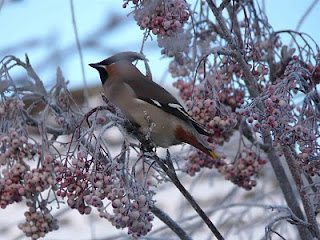
Nature lovers and their families are invited to visit RSPB Marshside to see one of the UK’s most charismatic waterbirds in action. From 1 April, staff and volunteers will be hosting the Marshside Avocet Date with Nature, showcasing the iconic black and white birds with the upturned bill, which have made the Southport reserve their home during the breeding season. Avocets, the emblematic species of the RSPB, have been breeding at RSPB Marshside for the past 10 years with the number of pairs rising from 1 in 2001 to 37 in 2010. This year, 32 avocets have already returned to the reserve. The birds are attracted to the specially created islands, which have been covered in cockle shells to mimic their preferred nesting habitat. Alex Pigott, warden at RSPB Marshside, says: “Avocets are fascinating birds to watch during breeding season as they get really protective and will chase away anything that they think might pose a threat to their young. It is not unusual for them to scare off other birds twice their size. “As many of the avocets nest near our main hide, visitors should be able to get great views of these birds. We hope to get as many people visiting as possible and would particularly love to see children enjoying these wonderful birds.” Besides avocets, RSPB Marshside also boasts the greatest concentration of breeding waders of any other nature reserve in the UK with large numbers of lapwings, redshanks and oystercatchers The Marshside Avocet Date with Nature runs from 1 April to 4 July every Friday to Monday 10am to 5pm at the main hide.



